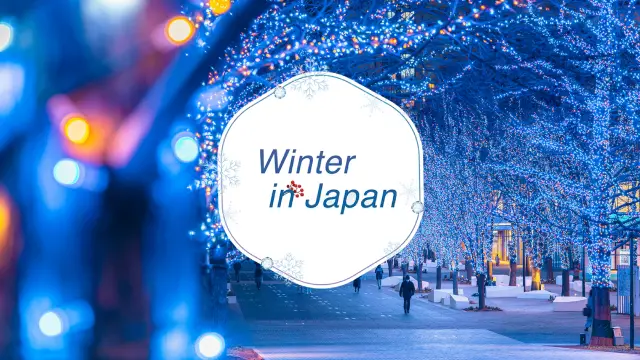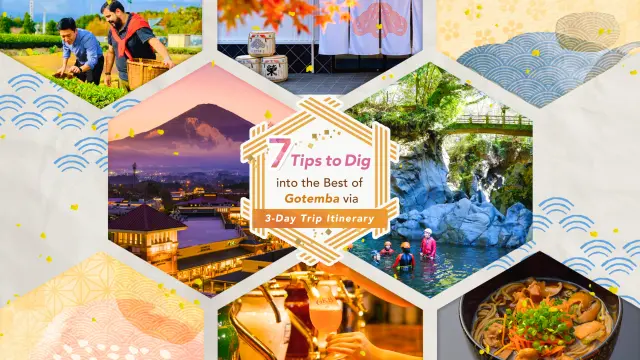
15 Must-Do Activities in Kawagoe! Enjoy Japanese History and Culture in a Charming Historical Town!
Kawagoe is a city characterized by its streets lined with traditional kurazukuri (warehouse-style) buildings. The area preserves a strong sense of the Edo period, allowing visitors to experience Japanese culture and history while strolling through its charming streets. Because of its convenient location and easy access from Tokyo, Kawagoe attracts many tourists from both inside and outside Japan every day.





























